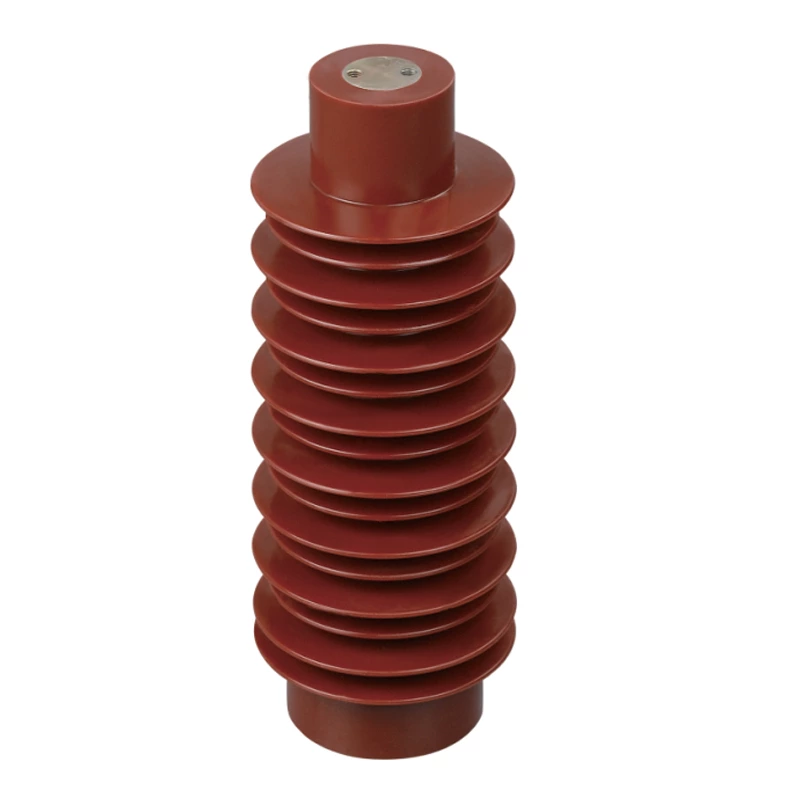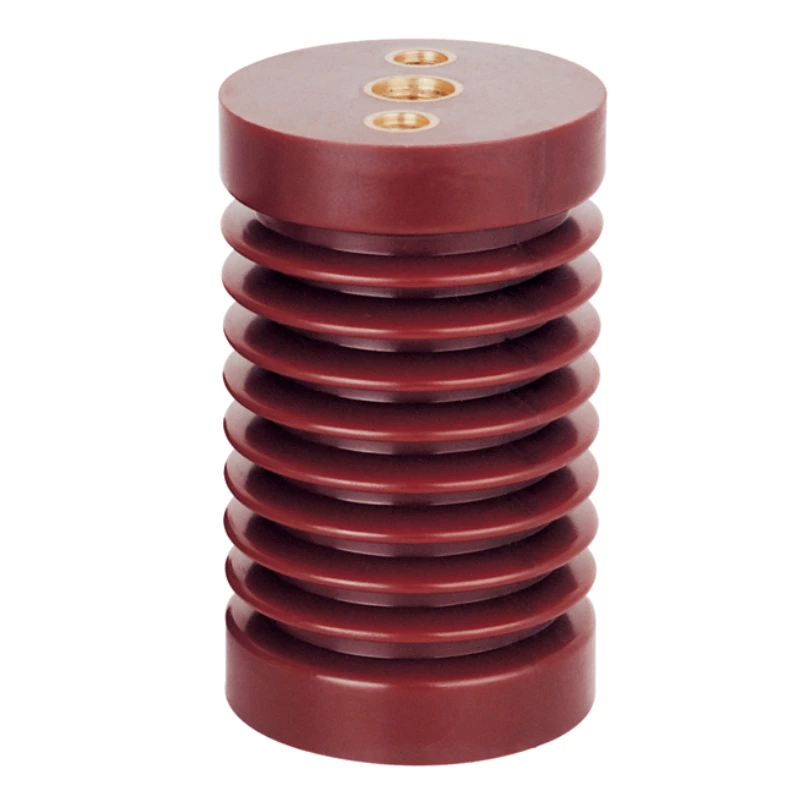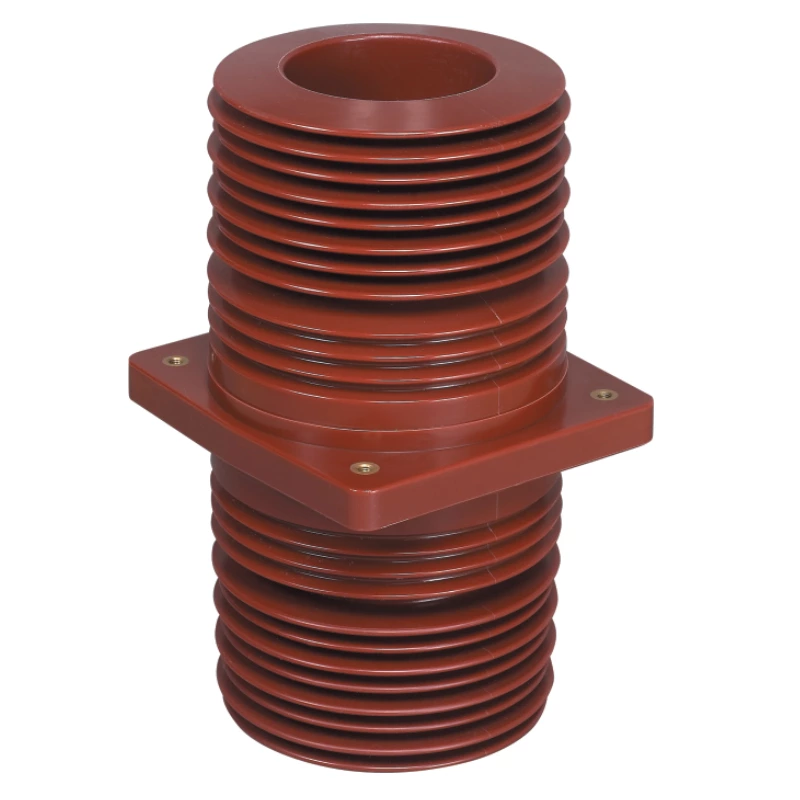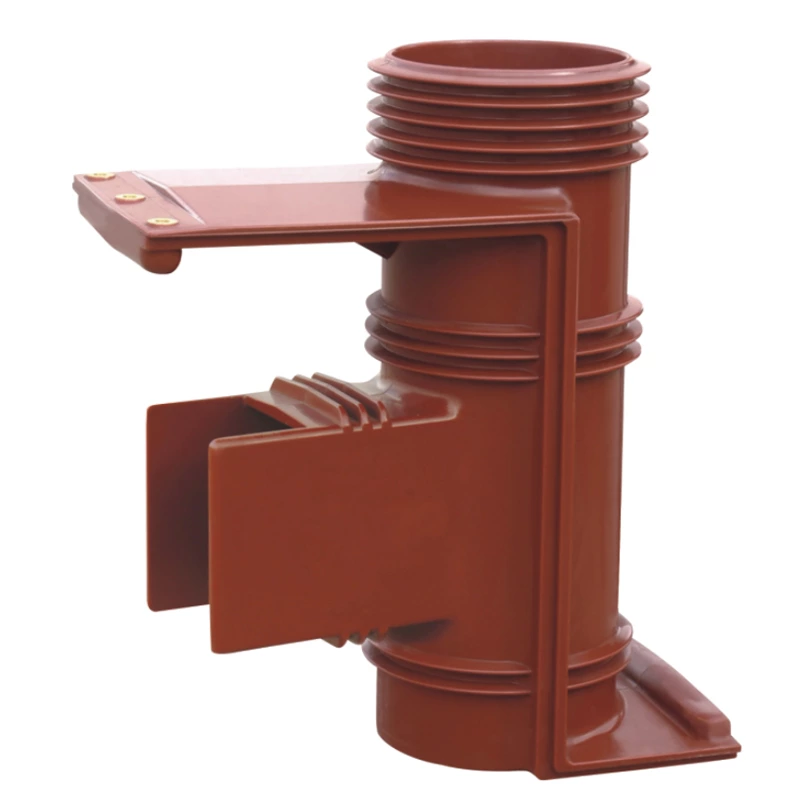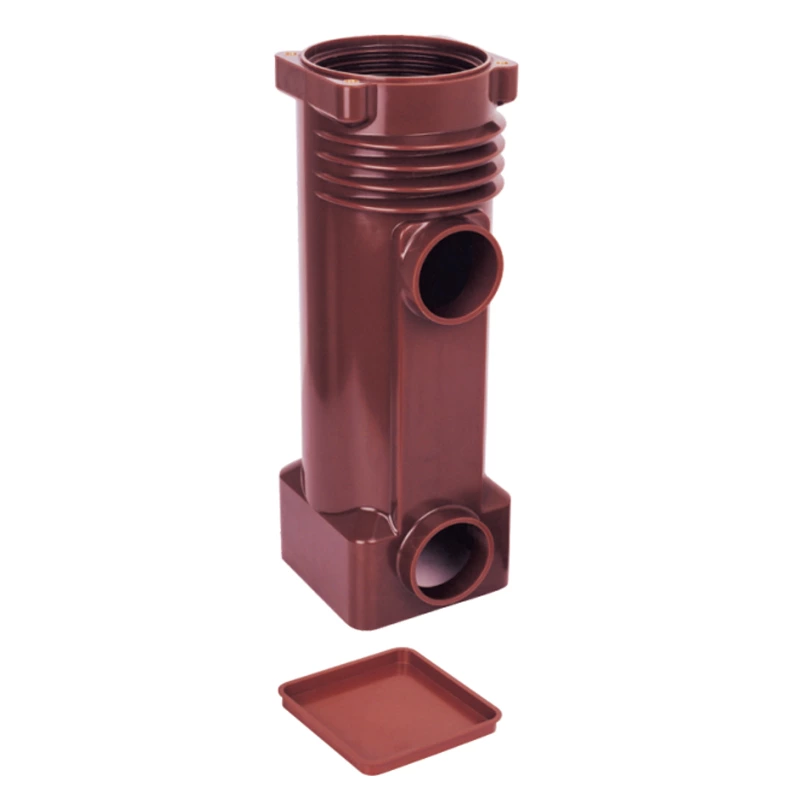High Voltage Standoff Insulators Casting Process
At present, with the rapid development of the power industry, one of the pillar industries in my country, the equipment of the power generation industry is constantly updated. On the one hand, it is developing towards high current and high voltage products; on the other hand, it also requires ultra-high voltage, large capacity, miniaturization and maintenance-free for transmission and transformation equipment;
Therefore, the insulation requirements are higher. This makes high voltage standoff insulators and sealing processes widely used in insulators, insulating electrical appliances, and transformers.
1 high voltage epoxy Casting principle and vacuum casting process
1.1 epoxy resin insulator Casting principle
high voltage epoxy resin Casting is the process of pouring epoxy resin, curing agent and other compound materials into a set mold, and curing them into thermosetting products by cross-linking of thermosetting fluid. Since high voltage standoff casting products combine excellent electrical properties and mechanical properties, high voltage standoff casting has been widely used in the electrical industry.
1.2 Vacuum casting process
high voltage standoff casting insulation products for high-voltage switches require perfect appearance, stable size, and mechanical, electrical and thermal properties that meet product requirements. At present, vacuum casting molding technology is widely used. The key point is to remove the air gaps and bubbles inside and on the surface of the cast product, reduce internal stress, and prevent cracks. In order to achieve this goal, it is necessary to select suitable casting materials, use appropriate vacuum casting equipment, and strictly control the pretreatment, mixing, casting and curing conditions of raw materials.
2 Key technologies of vacuum casting molding process
(1) Pretreatment of raw materials
The pretreatment of raw materials is to heat them at a certain temperature for a certain time and vacuum treat them to remove the moisture, gas and low molecular volatiles adsorbed in the raw materials to achieve the effect of degassing and dehydration.
(2) Mixing
The purpose of mixing is to mix epoxy resin, filler, curing agent, etc. evenly to facilitate chemical reaction. Mixing is divided into primary and secondary mixing. The mixture of resin and filler is called primary mixing, and the curing agent is added to the primary mixing to become secondary mixing. Primary mixing is to make the filler fully infiltrated by the resin. Because the reaction between epoxy resin and anhydride curing agent is an exothermic reaction, the filler is a material with good thermal conductivity. It can conduct the heat released by the reaction to the outside without accumulation, so that the stress in the casting is evenly distributed without shrinkage. The secondary mixing time must ensure that the curing agent is mixed evenly. The parameters of temperature and vacuum are also very important. If the temperature is too high, the viscosity of the mixture will increase rapidly, affecting the degassing and pouring process; the vacuum degree is used to ensure the degassing and dehydration of the mixture, but it cannot cause the curing agent to vaporize, so the vacuum degree must be appropriate.
(3) Pouring
Pouring is to put the assembled and preheated mold to a certain temperature into a vacuum pouring tank or preheat it in a vacuum pouring tank. The mold temperature is slightly higher than the temperature of the mixture. The pouring tank is evacuated to below 1330 Pa and maintained at a certain temperature [1]. Finally, the mixed material is poured into the mold; after the pouring is completed, the vacuum should be continued for a period of time to remove the bubbles formed in the casting. Then the vacuum can be turned off, the pouring tank can be opened, and the mold can be sent to the curing furnace for curing. During the pouring process, attention should be paid to the pouring rate and the position of the mold, which should be conducive to exhaust and fill the mold with materials.
(4) Curing
Choose the appropriate temperature and curing time. The performance of high voltage standoff is closely related to the crosslinking density. Generally speaking, the mechanical properties of the cast part increase with the increase of the crosslinking density, but to a certain extent, with the increase of the crosslinking density, its mechanical strength decreases instead. The sign of this turning point is the glass transition temperature Tg. Therefore, if the curing temperature is too high, the performance of the cured product will often decrease. Therefore, the appropriate curing temperature must be selected.
Curing is carried out in two stages: the first stage is the initial curing molding; the second stage is the post-curing at a slightly higher curing temperature to ensure complete curing and achieve the best performance state. Sometimes, in order to reduce shrinkage marks, gel can be eliminated under pressure.
(5) Demolding
The demoulding process mainly controls the demoulding temperature and the cooling rate of the cast part to reduce the internal stress of the cast part, and is generally controlled below 80°C. The vacuum casting process is currently the most widely used and most mature process in high voltage standoff casting.
